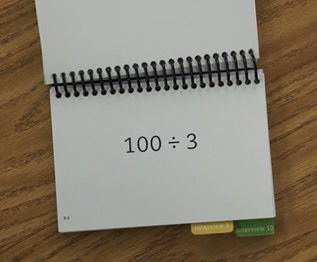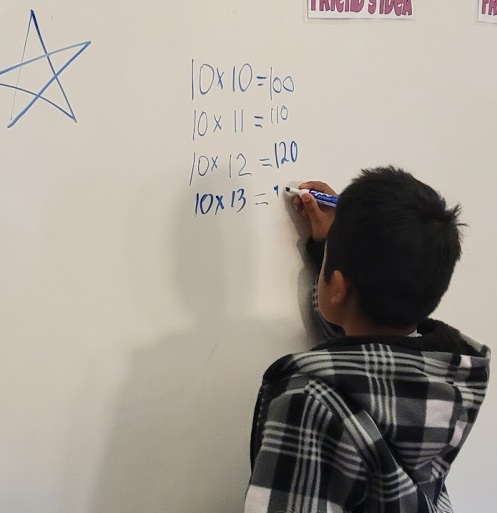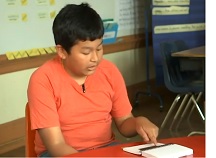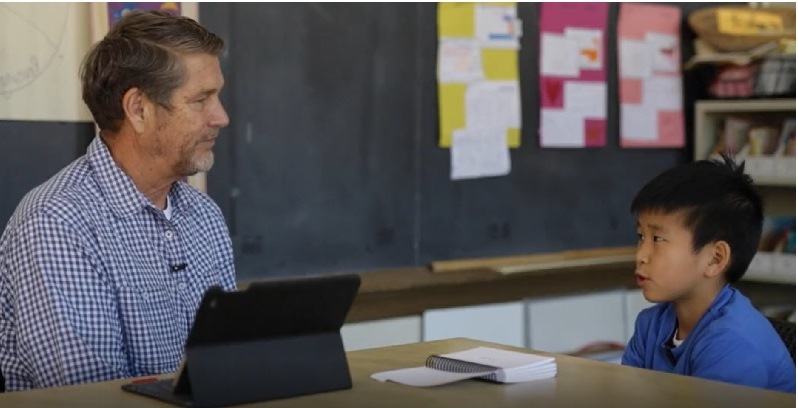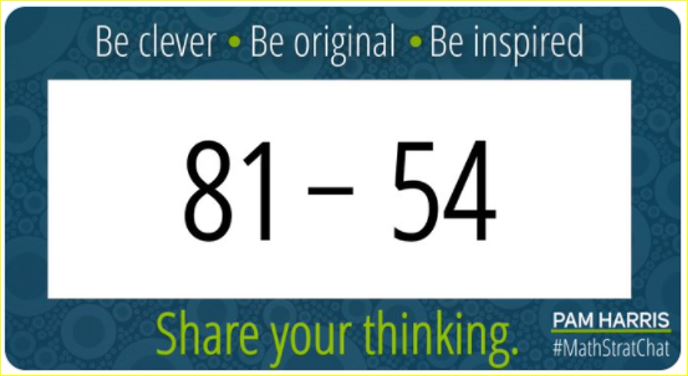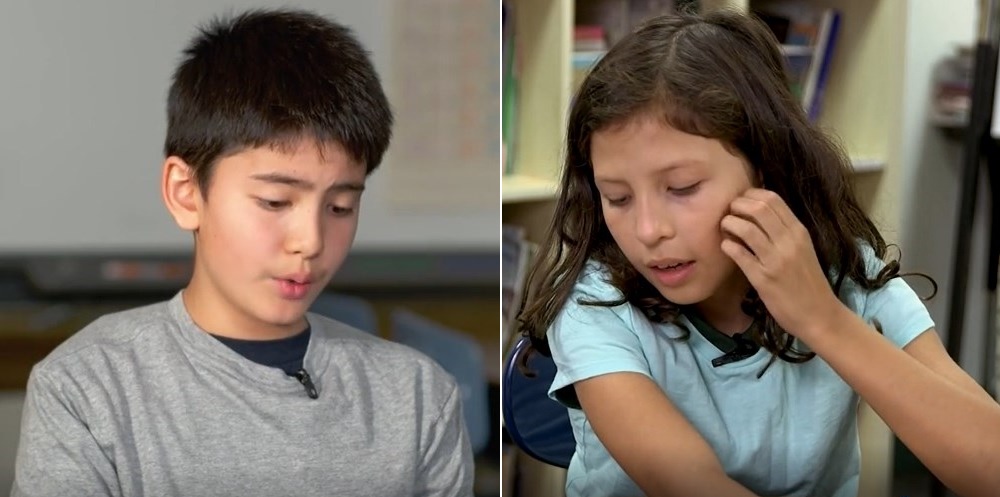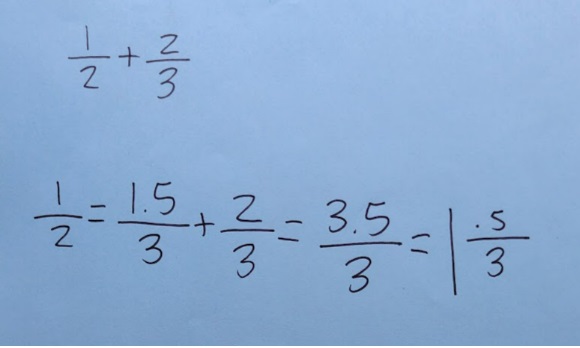
The fifth-grade class I’m working with this year is studying addition and subtraction of fractions, and I asked to “borrow” the class to see how they would view Amber’s solution. I describe how I structured the lesson and have also included students’ writing.
Marilyn BurnsDecember 14, 2024

